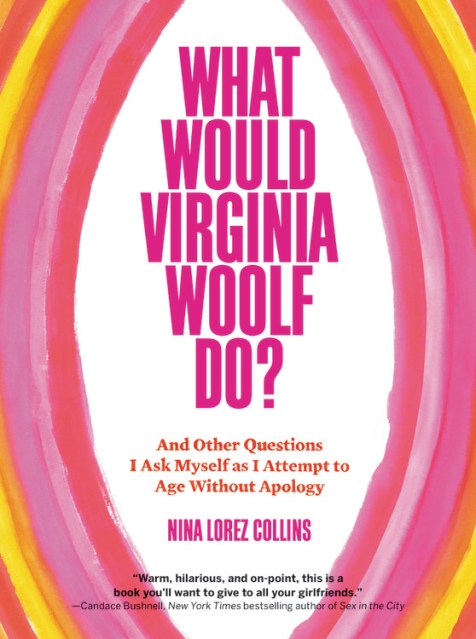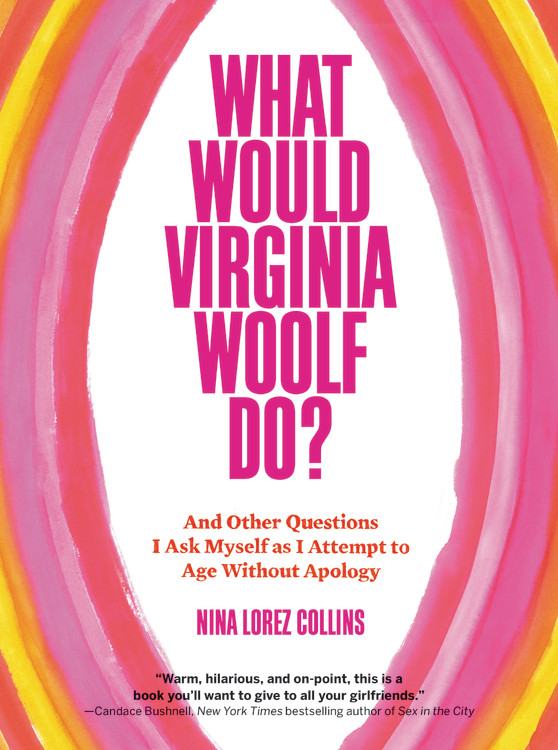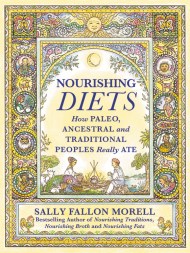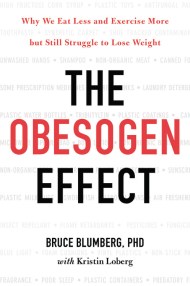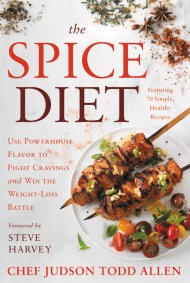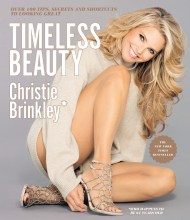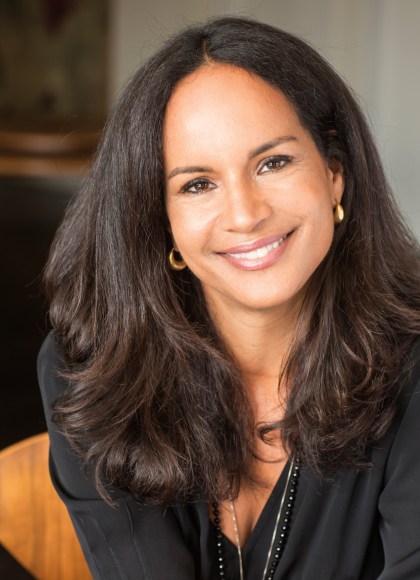Promotion
Use code MOM24 for 20% off site wide + free shipping over $45
What Would Virginia Woolf Do?
And Other Questions I Ask Myself as I Attempt to Age Without Apology
Contributors
Formats and Prices
Price
$26.00Price
$34.00 CADFormat
Format:
- Hardcover $26.00 $34.00 CAD
- ebook $13.99 $17.99 CAD
- Audiobook Download (Unabridged)
This item is a preorder. Your payment method will be charged immediately, and the product is expected to ship on or around April 10, 2018. This date is subject to change due to shipping delays beyond our control.
Also available from:
When Nina Collins entered her forties she found herself awash in a sea of hormones. As symptoms of perimenopause set in, she began to fear losing her health, looks, sexuality, sense of humor-perhaps all at once. Craving a place to discuss her questions and concerns, and finding none, Nina started a Facebook group with the ironic name, “What Would Virginia Woolf Do?,” which has grown exponentially into a place where women-most with strong opinions and fierce senses of humor–have surprisingly candid, lively, and intimate conversations.
Mid-life is a time when women want to think about purpose, about how to be their best selves, and how to love themselves as they enter the second half of life. They yearn to acknowledge the nostalgia and sadness that comes with aging, but also want to revel in their hard-earned wisdom.
Part memoir and part resource on everything from fashion and skincare to sex and surviving the empty nest, What Would Virginia Woolf Do? is a frank and intimate conversation mixed with anecdotes and honesty, wrapped up in a literary joke. It’s also a destination, a place where readers can nestle in and see what happens when women feel comfortable enough to get real with each other: defy the shame that the culture often throws their way, find solace and laugh out loud, and revel in this new phase of life.
Mid-life is a time when women want to think about purpose, about how to be their best selves, and how to love themselves as they enter the second half of life. They yearn to acknowledge the nostalgia and sadness that comes with aging, but also want to revel in their hard-earned wisdom.
Part memoir and part resource on everything from fashion and skincare to sex and surviving the empty nest, What Would Virginia Woolf Do? is a frank and intimate conversation mixed with anecdotes and honesty, wrapped up in a literary joke. It’s also a destination, a place where readers can nestle in and see what happens when women feel comfortable enough to get real with each other: defy the shame that the culture often throws their way, find solace and laugh out loud, and revel in this new phase of life.
Genre:
- On Sale
- Apr 10, 2018
- Page Count
- 384 pages
- Publisher
- Grand Central Life & Style
- ISBN-13
- 9781538727959
Newsletter Signup
By clicking ‘Sign Up,’ I acknowledge that I have read and agree to Hachette Book Group’s Privacy Policy and Terms of Use
